Hair Growth Cycle: 4 Stages And Healthy Growth Tips
Unlock vibrant locks through expert care tips and understand your follicles’ journey.
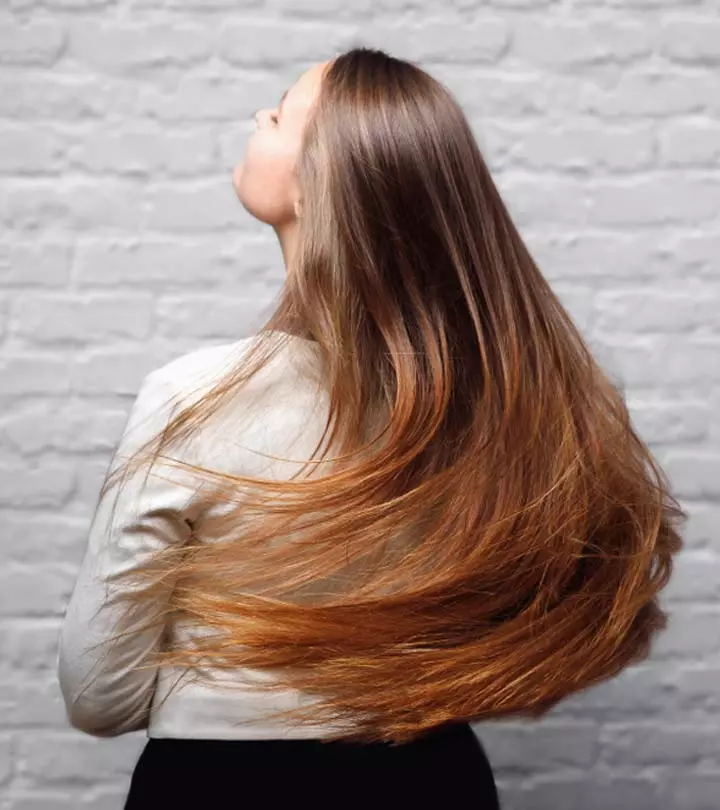
Image: Shutterstock
You need to understand the hair care growth cycle to better care for your hair. It also helps you understand what is wrong with your tresses. Hair growth cycles are different for every individual. A typical hair growth cycle contains four stages: anagen, catagen, telogen, and exogen. The hair growth differs based on the timeline of the phases.
To maintain healthy hair, one has to maintain proper hair care and diet and make necessary changes to lifestyle. In this article, we discuss the hair growth cycle, how it works, and how you can manipulate it for better hair growth. Keep scrolling!
In This Article
How Does Hair Grow? The Science Behind It
Hair grows from the follicles in repeated cycles that has four distinct stages (1):
- Anagen (growth phase)
- Catagen (regression phase)
- Telogen (Resting phase)
- Exogen (Shedding phase)
Before we dive deeper into the hair growth stages, let us first understand the hair anatomy (1).
- The hair shaft is the visible hair that grows out from the follicle. It is made of a hard protein called keratin. The hair structure contains:
- Cortex (the inner part)
- Medulla (the middle part)
- Cuticle (the protective outer covering)
- The hair follicles anchor the hair shafts and are responsible for hair growth. These follicles also determine your hair type.
- The hair follicles are surrounded by blood vessels (papilla) and sebaceous glands. The blood vessels supply nutrients for hair growth, while the sebaceous glands produce oil or sebum to moisturize and strengthen the hair.
- The scalp has a limited number of hair follicles. They go through different growth stages to produce new hair shafts.
- The hair follicles go through four stages to generate new hair. Different follicles go through different phases simultaneously. Otherwise, all your hair would fall out at once. According to the American Association of Dermatology, you lose 50-100 strands of hair every day (2).
Each phase of the hair growth cycle has a distinct mechanism and timeline. Every hair follicle goes through stages of growth, maturation, and shedding until the next cycle. It is a complex process regulated by multiple factors, such as age, genetics, nutrition, and medical conditions. Understanding how the cycle work can help you maintain a normal hair growth cycle.
How Does The Hair Growth Cycle Work?
The first in a sequence of successive phases of the growth cycle is
1. Anagen
This is the growing phase of the hair cycle. In this phase, the hair bulb (part of the hair follicle) rapidly divides into new cells, and the hair grows from the root. This phase lasts for about 2-7 years and is regulated at a genetic level. The hair follicles keep generating new hair until they reach the end of their life span. About 90% of the total hair on your scalp is usually in the anagen phase (3).
The next stage is an intermediary stage before the hair follicle goes dormant.
2. Catagen
At the end of the anagen phase, the hair enters catagen. This is a transition phase where the hair growth slows down as the hair follicle shrinks. This short transitional phase lasts approximately 2-4 weeks. At any given time, around 5% of your hair is in this catagen phase.
The next phase is when your hair follicles are dormant.
3. Telogen
Telogen is the resting phase lasting for about 3-4 months. Hair does not grow during the telogen phase. The body’s internal biological clock determines the end of the anagen phase and the beginning of the catagen/telogen phase.
The exact science behind this complex process is still unknown. Certain triggers, such as pregnancy, malnutrition, metabolic or hormonal imbalances, and stress, can cause the hair follicles to enter the telogen phase prematurely, resulting in hair loss. This phenomenon is called telogen effluvium (4).
In the last phase of the hair growth cycle, the hair falls off the hair follicle.
4. Exogen
This is the shedding phase, which also coincides with the new hair growth phase. During the exogen phase, the resting club hair detaches from the follicle and falls out. Every day almost 50-100 strands of hair enter the exogen phase and fall off (2). However, if you notice unusual hair loss, consult a doctor or dermatologist for prompt treatment.
Take a glance at the complete hair cycle here:
While your hair undergoes these phases, any disease, illness, stress, or lack of nutrition can interrupt and affect them. Here is how you can keep your hair strong and healthy and maintain a normal hair cycle.
How To Maintain Hair Health
1. Healthy Diet
It is important to consume a nutrient-rich diet for healthy hair growth. Since hair is made of protein (keratin), include adequate amounts of healthy proteins in your diet.
- Consume lean meats like chicken and seafood.
- Beans and legumes, such as lentils and chickpeas, are great vegetarian or vegan sources for protein.
- Have nuts, seeds, and low-fat dairy products.
- Consume whole grains, fruits, and vegetables every day to prevent hair loss (5).
2. Proper Hair Care
A dedicated hair care routine helps maintain a healthy scalp and hair. Here’s what you need to keep in mind:
- Choose the right hair care product for your hair type. For instance, use a glycerin-based shampoo for dry hair, keratin-based shampoo for weak and distressed hair, and color-protected shampoo for maintaining colored hair.
- Always condition your hair. Avoid the roots and cover the entire length, paying special attention to the ends.
- Rinse your hair thoroughly with lukewarm water. Ensure there is no product residue or dirt as this may lead to scalp conditions, such as dandruff, scalp buildup, folliculitis, and scalp acne.
- Use microfiber towels to squeeze out excess water from the hair. Be gentle. Try to air dry the hair instead of using hot blow dryers. Use a serum to protect the hair from heat damage.
- Do not brush damp hair. Use a wide-toothed comb and a detangler to remove knots and tangles.
3. Maintains A Healthy And Stress-Free Lifestyle
Physiological stress can push the hair follicles into the telogen phase (4). Even emotional stress can cause hair loss (6). Hence, it is crucial to reduce stress levels.
- Avoid Physical Stress: Exercise regularly to keep the body fit and healthy. Accidents, physical injury, and surgeries can put the body under tremendous stress. It might disrupt the normal growth cycle. As the body recovers from the stress, the hair cycle normalizes.
- Avoid Mental Or Psychological Stress: Try yoga, meditation, and therapy to fight mental stress. There are behavioral disorders (trichotillomania) linked to stress, which can cause hair loss. In this psychological condition, the person has an irresistible urge to pull hair from the scalp. Seek medical attention immediately in such cases.
Other factors, such as genetics, underlying medical conditions, and hormonal imbalances, may also affect the hair cycle. Consult a licensed medical practitioner to address the underlying factors and if you notice sudden or excessive hair loss. While it is impossible to stop hair loss, you can take numerous measures to maintain hair health.
Can You Stop Hair Loss?
No. You will lose around 50-100 strands every day, and it is natural. If you notice excessive hair loss or hair thinning, it is a sign that your normal hair growth cycle is disrupted. Factors, such as nutritional deficiencies, metabolic imbalances, medical conditions, and stress, can trigger hair loss. However, we can try to control the extent of hair loss by:
- Getting plenty of sleep.
- Avoiding crash diets and cleanses.
- Staying hydrated.
- Limiting the use of hair styling products.
- Trying scalp massages.
- Addressing the underlying medical condition (if any).
The hair growth cycle differs from person to person. The strands pass through various stages of the cycle before falling out. However, underlying factors may disrupt the cycle and cause hair loss. This may include poor nutrition, metabolic disorders, medical problems, and stress. While natural hair fall is unavoidable, you can take steps to maintain the natural hair cycle, strengthen the roots during the cycle, and keep external forces from disrupting it. If you observe any changes in your cycle or experience significant hair loss, visit a doctor right away.
Frequently Asked Questions
Does hair change every 7 years?
Yes. A hair strand may live for anywhere between 2 to 7 years. So, you may say your hair changes every 7 years.
What type of hair grows faster?
According to studies, Asian hair grows the fastest (7).
How can I reopen my hair follicles?
Dormant hair follicles can be reactivated with minoxidil, DHT blockers, and treatments like microneedling, laser therapy, and more. However, consult a dermatologist or a trichologist to know the right procedure for your hair.
How long does it take to grow hair 12 inches?
On average, a person’s hair grows by ½ inch in a month. So, it may take your hair around 2 years to grow 12 inches.
Does hair loss slow down after 30?
No scientific evidence suggests hair loss slows down after 30. On the contrary, it may slowly progress over the years and decades in women.
References
Articles on StyleCraze are backed by verified information from peer-reviewed and academic research papers, reputed organizations, research institutions, and medical associations to ensure accuracy and relevance. Read our editorial policy to learn more.
- Anatomy, Hair Follicle
https://www.ncbi.nlm.nih.gov/books/NBK470321/ - Do You Have Hair Loss Or Hair Shedding?
https://www.aad.org/public/diseases/hair-loss/insider/shedding - What is the structure of hair and how does it grow?
https://www.ncbi.nlm.nih.gov/books/NBK546248/ - Telogen Effluvium: A Review
https://www.ncbi.nlm.nih.gov/pmc/articles/PMC4606321/ - The Role of Vitamins and Minerals in Hair Loss: A Review
https://www.ncbi.nlm.nih.gov/pmc/articles/PMC6380979/ - Hair and stress: A pilot study of hair and cytokine balance alteration in healthy young women under major exam stress
https://www.ncbi.nlm.nih.gov/pmc/articles/PMC5397031/ - Asian Hair: A Review of Structures, Properties, and Distinctive Disorders
https://www.ncbi.nlm.nih.gov/pmc/articles/PMC7187942/ - What Causes Hair Loss In Women?
- 8 Best Hair Growth Serums Available In India
- 16 Best Hair Growth Oils To Buy In India 2025
- 12 Top-Notch Tips For Long Hair – A Definitive Guide
- Can Your Hair Grow Faster? – 16 Simple Hair Growth Tips
Read full bio of Dr. M. Khawar Nazir
Read full bio of Annie Jangam



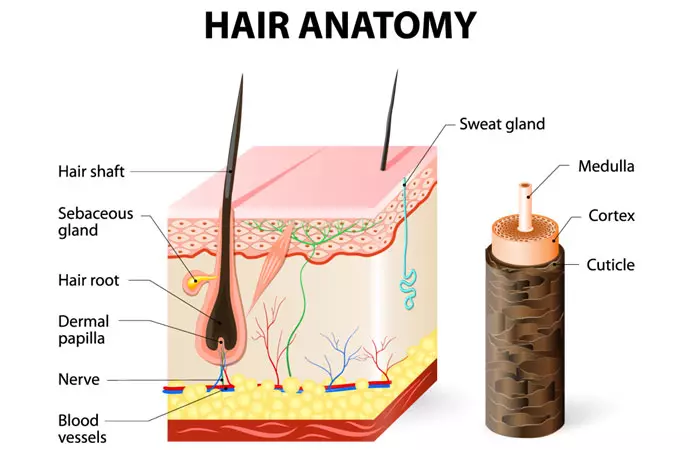
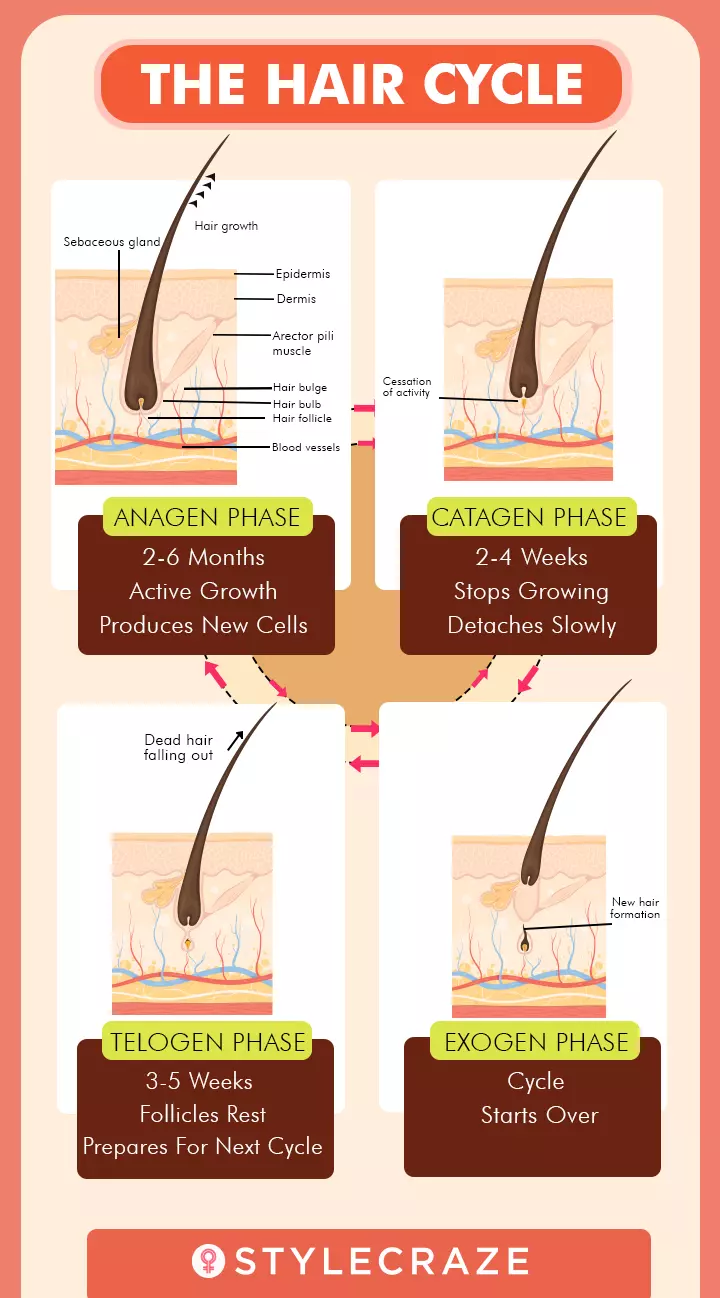




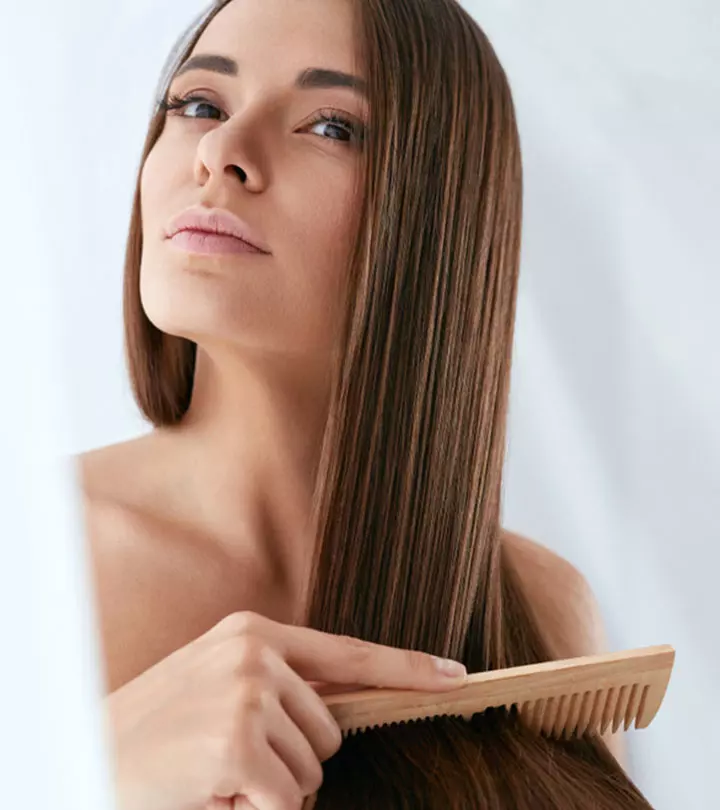

















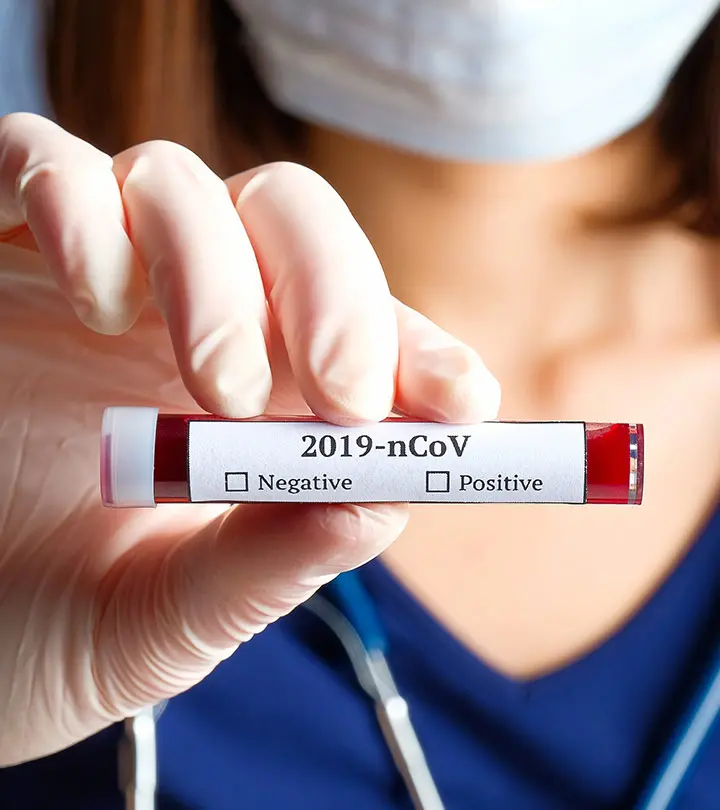



Community Experiences
Join the conversation and become a part of our empowering community! Share your stories, experiences, and insights to connect with other beauty, lifestyle, and health enthusiasts.